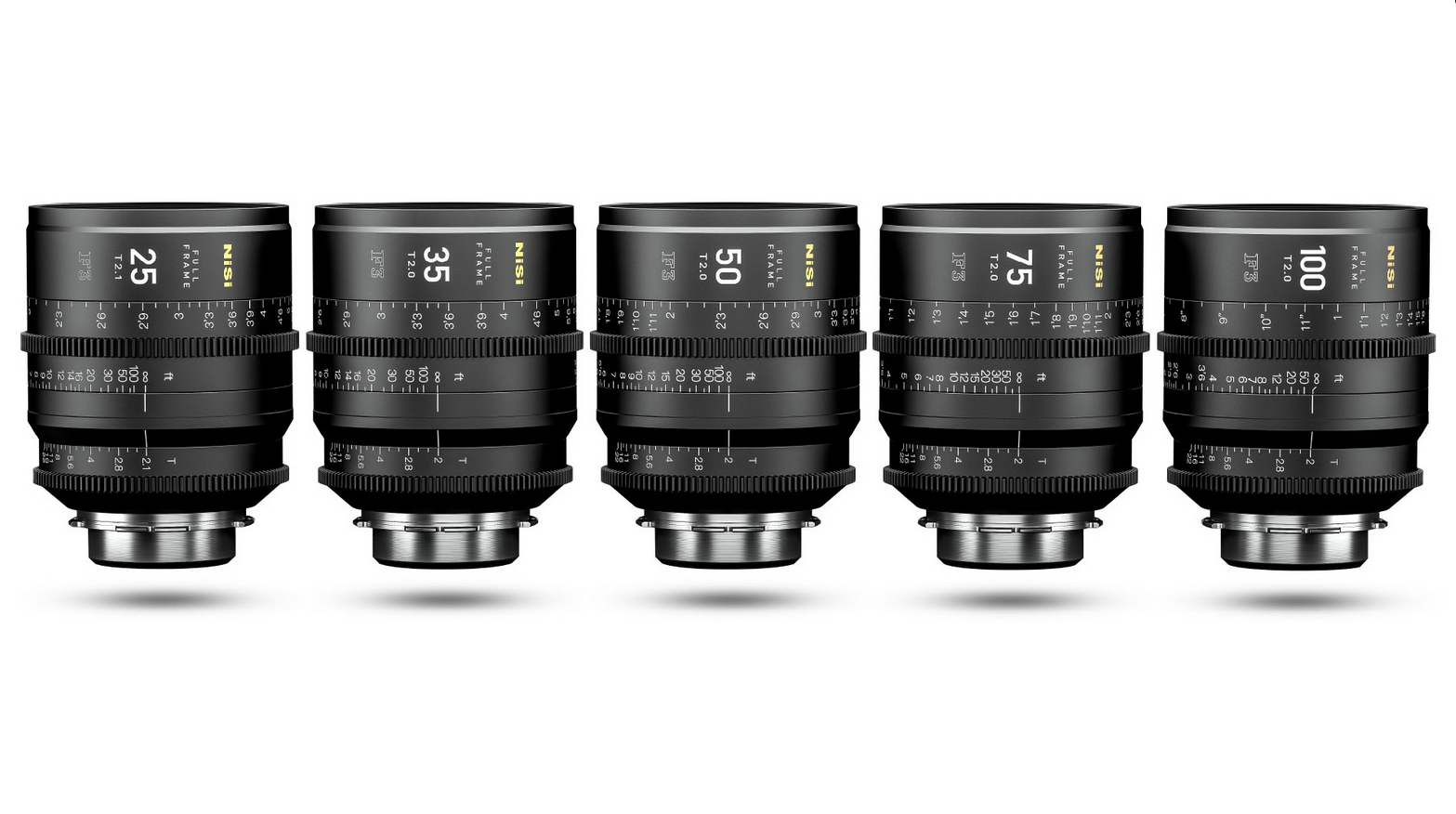ntroducing your brand on social media platforms can be intimidating. It’s your brand’s big debut on a platform and could increase your exposure by 89%; you want to make a good impression. Nervous marketers often take a shotgun approach – targeting as large a population as possible in the hope that a few prospects will take the bait.
Having a presence on every possible platform, however, is not as profitable as identifying an ideal audience and mastering one optimized platform.
Use the “Rifle Approach”
In an effort to create a more efficient approach to the shotgun method, marketers use the rifle approach – in effect, the exact opposite of the shotgun approach. Using the rifle approach, companies target specific groups of consumers in their niche. They use their audience’s online browsing and social networking habits to encourage real user engagement.
Casting too wide a net across social media can portray your brand as flaky, noncommittal, and distant from your ideal consumers. Concentrating your efforts on the one or two social media sites within your defined objective, however, can achieve organic brand awareness and establish you as a thought leader in your industry.
One-to-one marketing is the new one-size-fits-all marketing. Today’s consumers don’t want you to treat them like walking, talking wallets. They want personal, customized, and individual attention. Personalized marketing meets the needs of customers who want to spend less time shopping around, and more time with a company that already understands them.
Customers are more loyal to brands that earn their loyalty by showing they’ve done their homework. Learn the browsing, buying, and networking habits of your audience to prove you care about their experience with your brand. Cultivate this relationship by interacting with your customers via their favorite social media site. When you connect with customers in a way they feel comfortable with, you gain more ground than intrusive cold calls or annoying email campaigns.
Begin with Your Audience
Social media strategies are nothing without targeting a specific audience. Before you can start making waves in the webosphere, you must understand your ideal audience. On social media, your audience is your fans, followers, and friends. They are the people who enjoy and share your content; they spread brand awareness through word of mouth. Your audience will have certain characteristics that make them the ideal customers for your brand. Identify these characteristics and leverage them on social media.
For any marketing effort, the first step is to pinpoint the audience for your message. If you don’t have a solid idea about your ideal audience, a few basic questions can help you get started:
- What need does my product fill?
- Who suffers from this need?
- Who will gain value from my product?
- What demographic does my market currently target?
- Who am I best equipped to sell to?
These questions can help you identify where you fit in your product’s market, the audience competitors are selling to, and the demographics of your best prospects. Gather survey data to identify potential demographic groups. Conduct your own survey or contact a marketing firm to help you. Collect data that connects your product with positive responses from different demographics to discover which group your strategy should target.
Use the funnel approach to narrow a broad audience. For example, if you sell clothing, you could feasibly target any audience. Start with gender as your first “bucket” in the funnel. If your clothes are gender-specific, you immediately narrow your audience for your second bucket, which might be age range. Continue funneling your audience through income, education, location, and other applicable categories. At the bottom of your funnel, you’ll have a narrow audience to target.
Identify Platforms Your Audience Uses
If you aren’t sure which social media platforms your target demographic uses, one place to start is the Pew Research Center’s demographics graphs. It offers data-backed charts outlining which demographics use different social media platforms. For example, if your target demographic is people between the ages of 18 and 29, your ideal social media platforms might be Facebook, Instagram, or Twitter, based on Pew’s research.
Look at your competitors. See which social media platforms they’re using and how it’s working for them. Do they generate a large response? Do users share their content? Keep in mind that your competitors may fail on a social media site due to their own mistakes and not because they’re using the wrong platform. Use your own judgment to gain an accurate view of what’s working and not working for the competition.
Pull as much information from existing data as possible. Gain a wide view of the web habits of your target audience, as well as a micro view of the specific social media sites they use most often. Tap into your existing network of friends, family, and coworkers to feel out which social media sites they use the most. Many users might have a profile on a certain site but don’t actually use it. Find out the networking habits of your target demographic, and angle your marketing strategy toward the platform that will most likely get a response.
Understand How Each Platform Operates
Consumers appreciate well-executed social media marketing, but detest awkward, improper use of social media platforms. Creating a social media profile for your brand does not automatically mean you’re optimizing your reach within the network. You have to know how to use your chosen platform to its fullest potential. On Instagram, for example, brands should master posting relevant images with compelling captions and custom hashtags.
Learning how to optimize your brand’s presence on social media can work wonders for brand awareness, but fumbling around can hurt your brand. Each platform comes with its own set of rules and expectations. Twitter limits tweets to 140 characters, for example, and LinkedIn consumers expect more business-related content. Perfecting your social media efforts can go a long way toward being heard by the right people at the right time – instead of being cast out as a social media newbie.
Use blog posts like this one to read more about each social media platform if you’re just starting out. All major social media sites are free to sign up for basic use, so you can explore each site on your own (using a personal account or a dummy account – not a business account) to get a feel for what they are like. Different social media platforms excel at different things – use your chosen platforms correctly for the best responses.
You can even optimize your efforts down to the minute. Studies show that some times are better than other times, depending on the social media site you use. The best times to post on Facebook are between 1 and 4 p.m. on Saturday. Twitter users respond best to tweets posted at 5 p.m. during the workweek. Saturdays late at night work best for Pinterest users, and midweek from 5 to 6 p.m. is ideal for LinkedIn. Understanding the habits of your target audience can help you strategize in a way that will give you the best returns on investment.
Get Posting, Tweeting, Pinning, Updating …
Now you’re ready to see your social media marketing strategy come to fruition. Once you’ve chosen your best bets, join your networks of choice and start navigating the virtual social sphere. Don’t feel pressured to have a presence on every platform. Choose those that connect you with the right audience and one you can effectively manage. Monitor them closely, and enjoy the returns!





